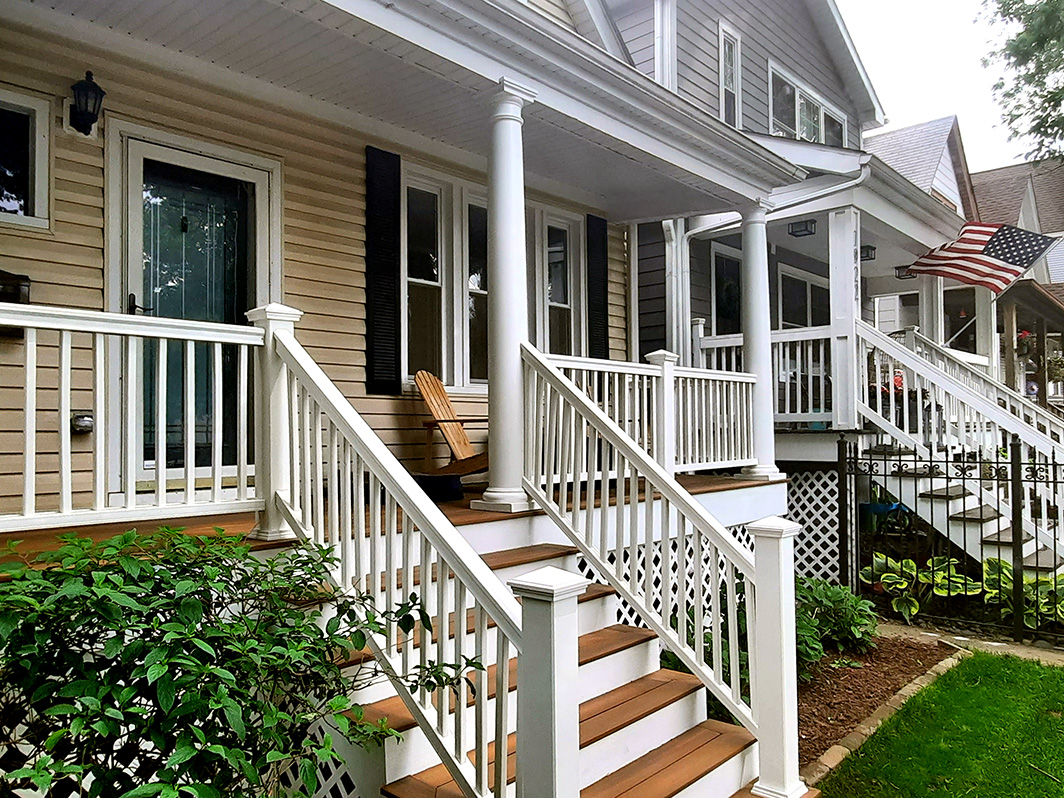
Looking to build your dream porch or deck?
Get Your Free Build Quote Now!
- Fully-licensed contractors
- Building exceptional porches and decks across Chicagoland since 2017
- Highly-experienced team
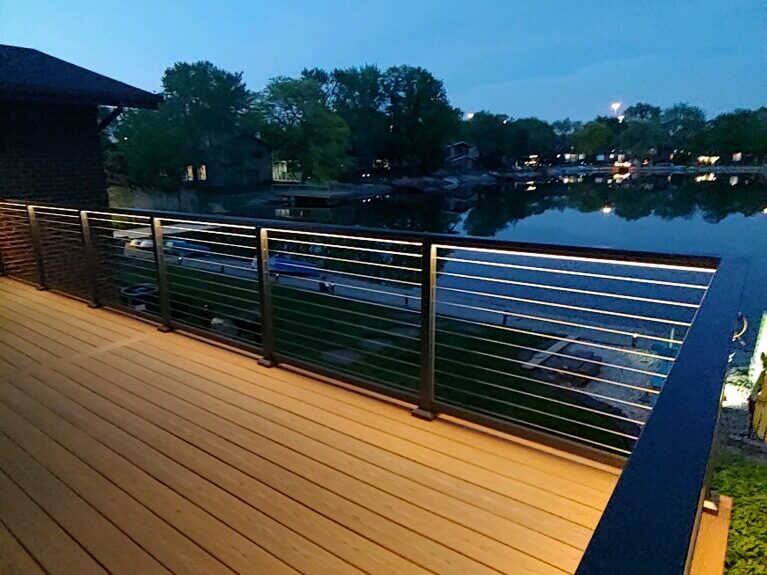
Dream of an outdoor escape just steps away?
Start With a Free Quote!
At City Porches, we’re passionate about crafting spaces that bring visions to life, plank by plank. With over 7 years of experience, we specialize in creating porches and decks for both single-family homes and multi-unit buildings, each project thoughtfully designed to reflect your unique aspirations. Let’s make your concept of the ultimate outdoor haven a vivid, stunning reality.
Project Gallery
Elevate Your Outdoor Experience with City Porches
We’re committed to enhancing every aspect of your outdoor living space
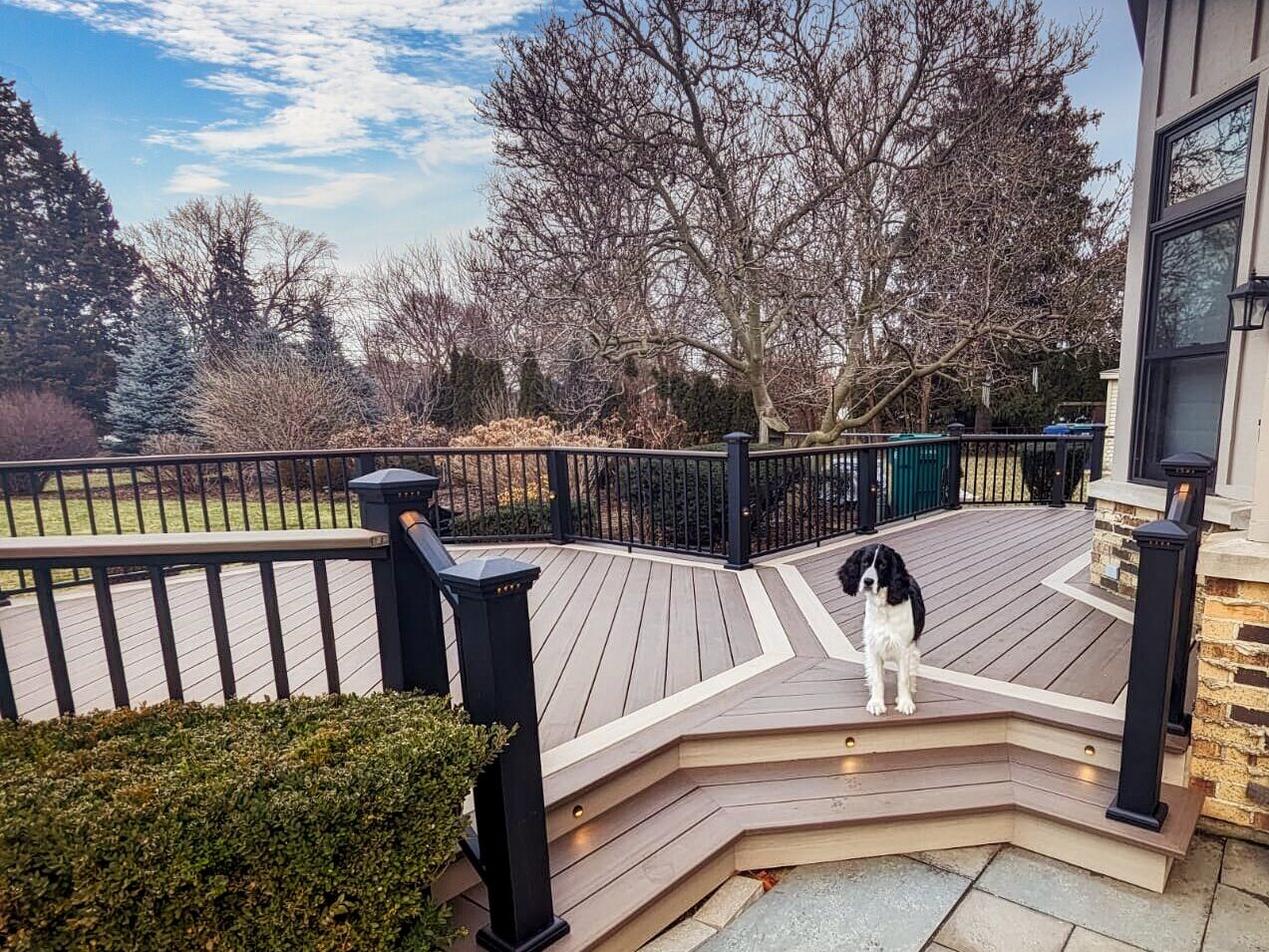
Enhance Your Outdoor Experience
City Porches crafts custom front porches, rear decks, rooftop decks, and steel constructions, ensuring longevity with maintenance, code compliance, washing, and staining.
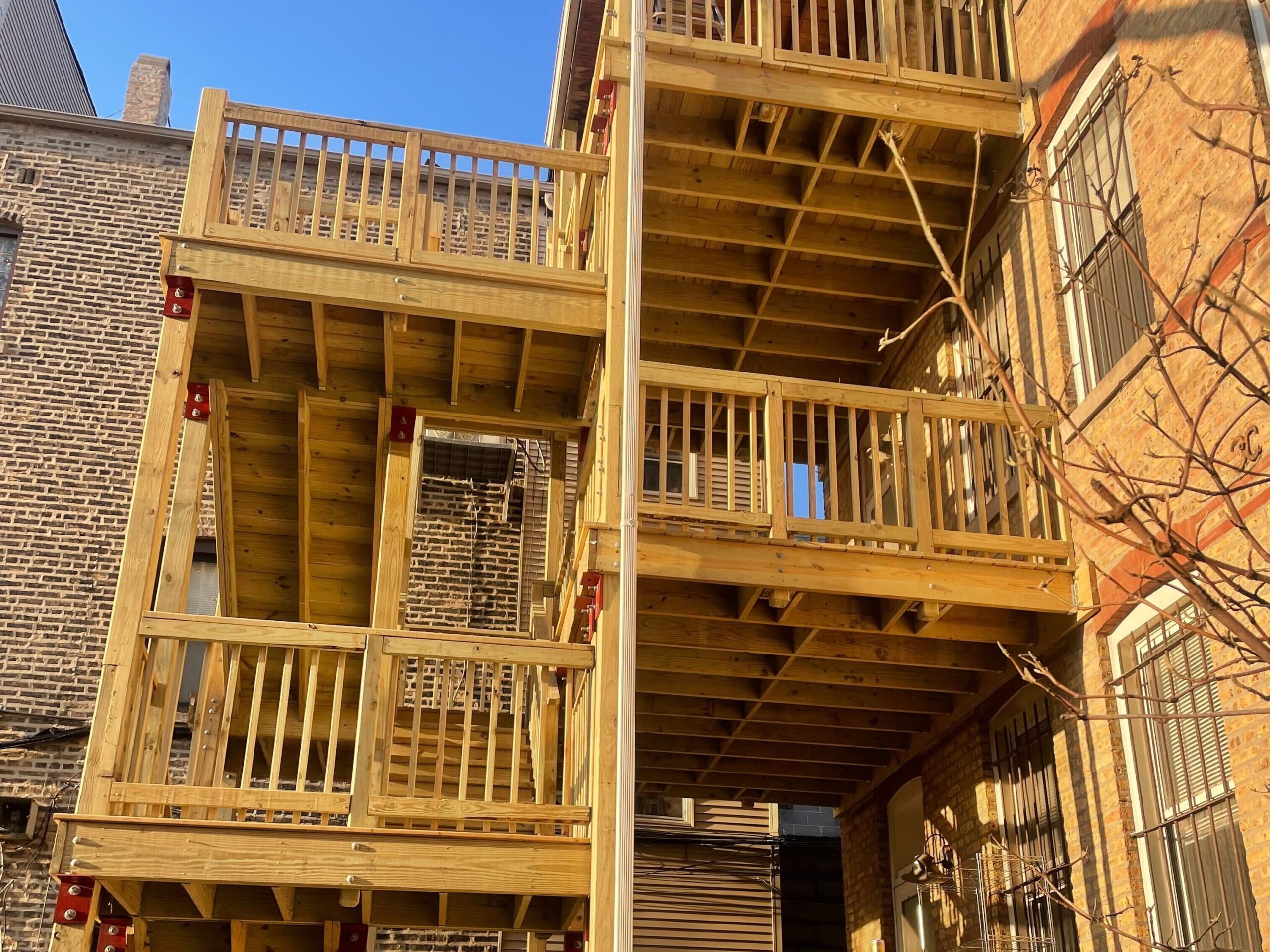
Expertly Crafted for Community Living
Elevate the appeal and functionality of multi-unit buildings with rear porches designed for shared or individual use. City Porches crafts spaces that balance communal living with individual privacy. Our designs enhance outdoor experiences for apartments and condos, offering durable and appealing solutions that boost property value and tenant enjoyment.
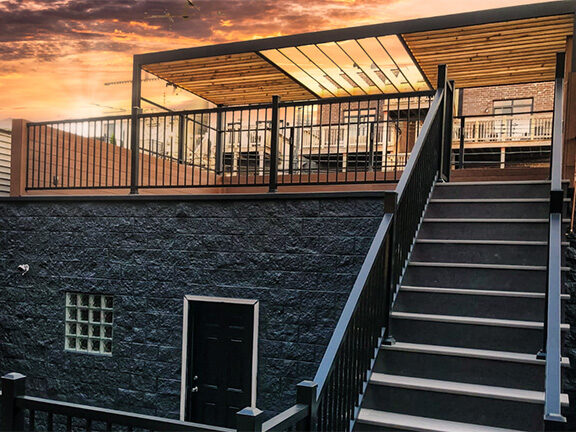
Your Style, Our Craft
Our designs are crafted to reflect your vision and complement your property’s style. Tailored to fit seamlessly into your surroundings, our porches, decks, and steel structures merge aesthetics with functionality.
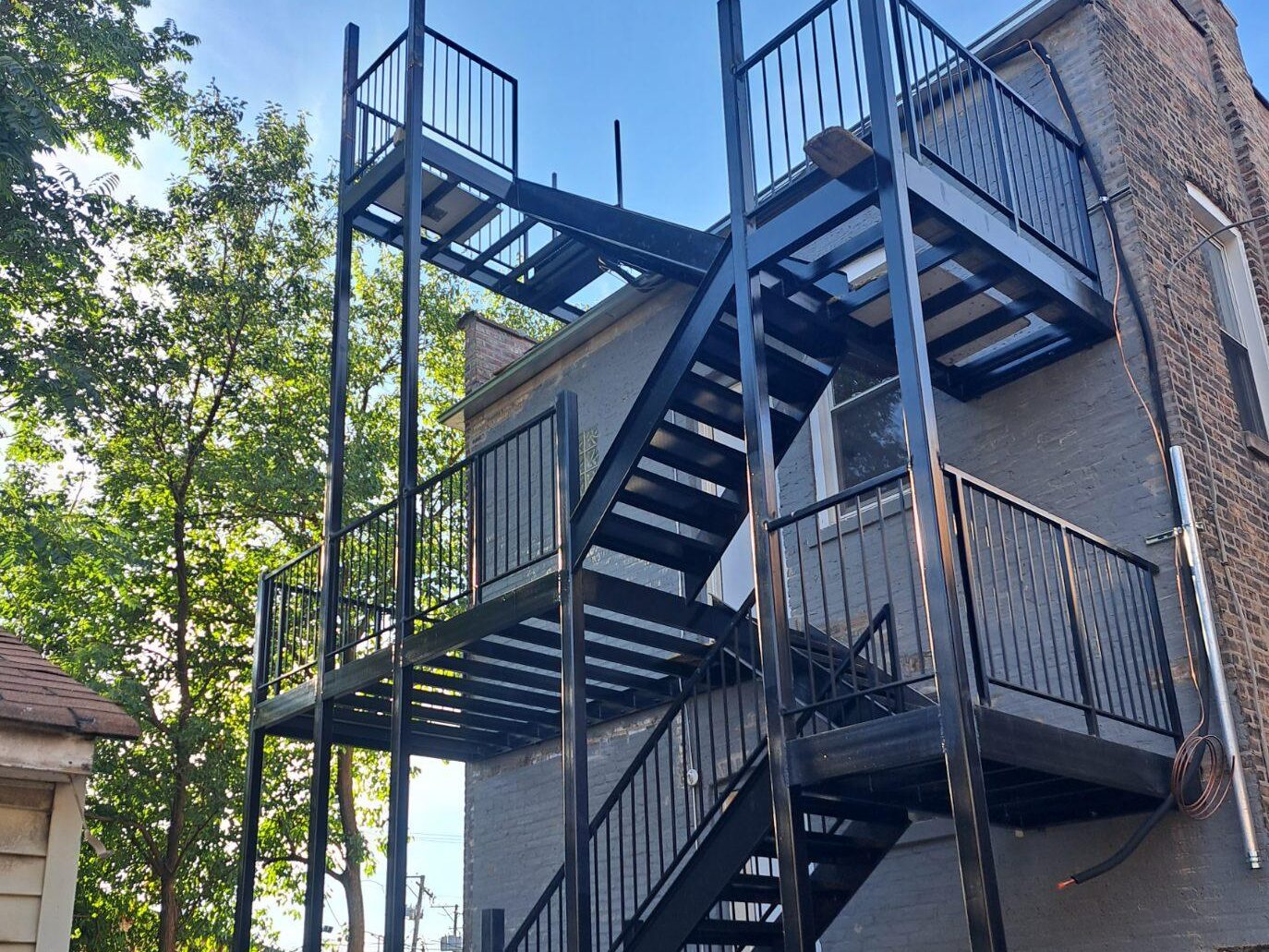
Beyond Beauty: Ensuring Durability
We’re dedicated to more than just looks; we ensure your outdoor areas are functional and durable. With our comprehensive services, your space is maintained, protected, and enhanced.

Meet Zoe
City Porches is a woman-owned business founded in 2017 by Project Manager and Owner Zoe Kristen.
With over 400 successful projects completed to date, Zoe brings not only her expertise in porches and decks, but her background in interior design to every project, transforming outdoor spaces into functional, stylish extensions of the home.
Under Zoe’s leadership, City Porches is dedicated to creating bespoke porches that elevate your outdoor living experience, ensuring that each design is not only structurally sound but also aesthetically pleasing. Contact Zoe now and let her and her talented team turn your vision into reality, making your porch or deck the highlight of your home.
Our Happy Customers
“City Porches provided excellent communication, follow-through, efficiency, etc. The work was done quickly and professionally, and the bid was totally reasonable. You definitely won’t go wrong using this company for your porch-related needs.”
⭐⭐⭐⭐⭐

Leslie S.
Customer • LaGrange, IL
“City Porches did a tremendous job demoing our existing rooftop deck and installing a new flat deck with composite boards and adding a steel frame pergola. Absent a one day weather delay, they completed the work on time, were courteous, clean and the quality of their work was second to none.”
⭐⭐⭐⭐⭐

Matt K.
Customer • Chicago, IL
Join over 400 satisfied customers
Let City Porches give you a quote today and compare us to the competition

Dream of an outdoor escape just steps away?
Start With a Free Quote!
At City Porches, we’re passionate about crafting spaces that bring visions to life, plank by plank. With over 7 years of experience, we specialize in creating porches and decks for both single-family homes and multi-unit buildings, each project thoughtfully designed to reflect your unique aspirations. Let’s make your concept of the ultimate outdoor haven a vivid, stunning reality.


